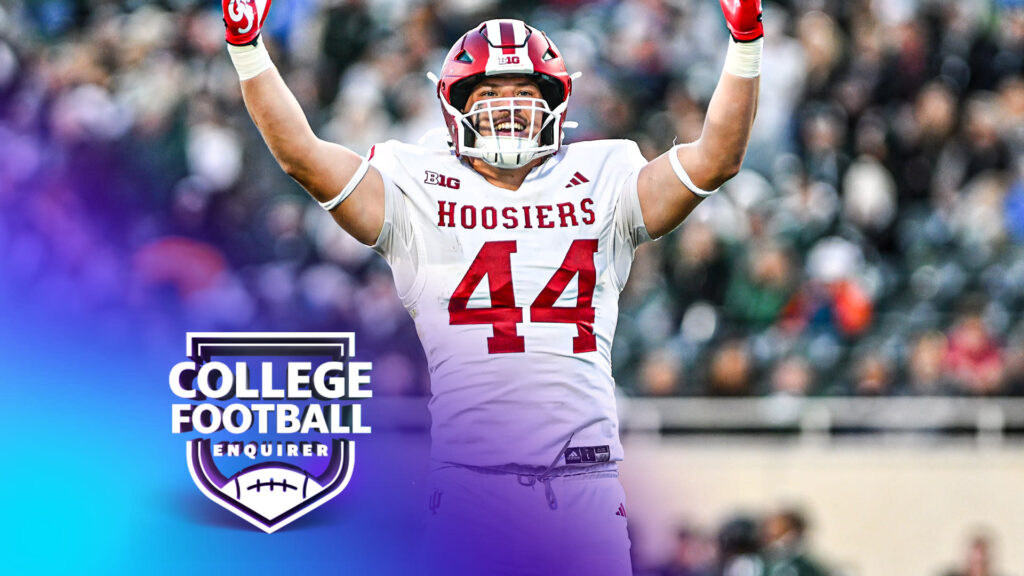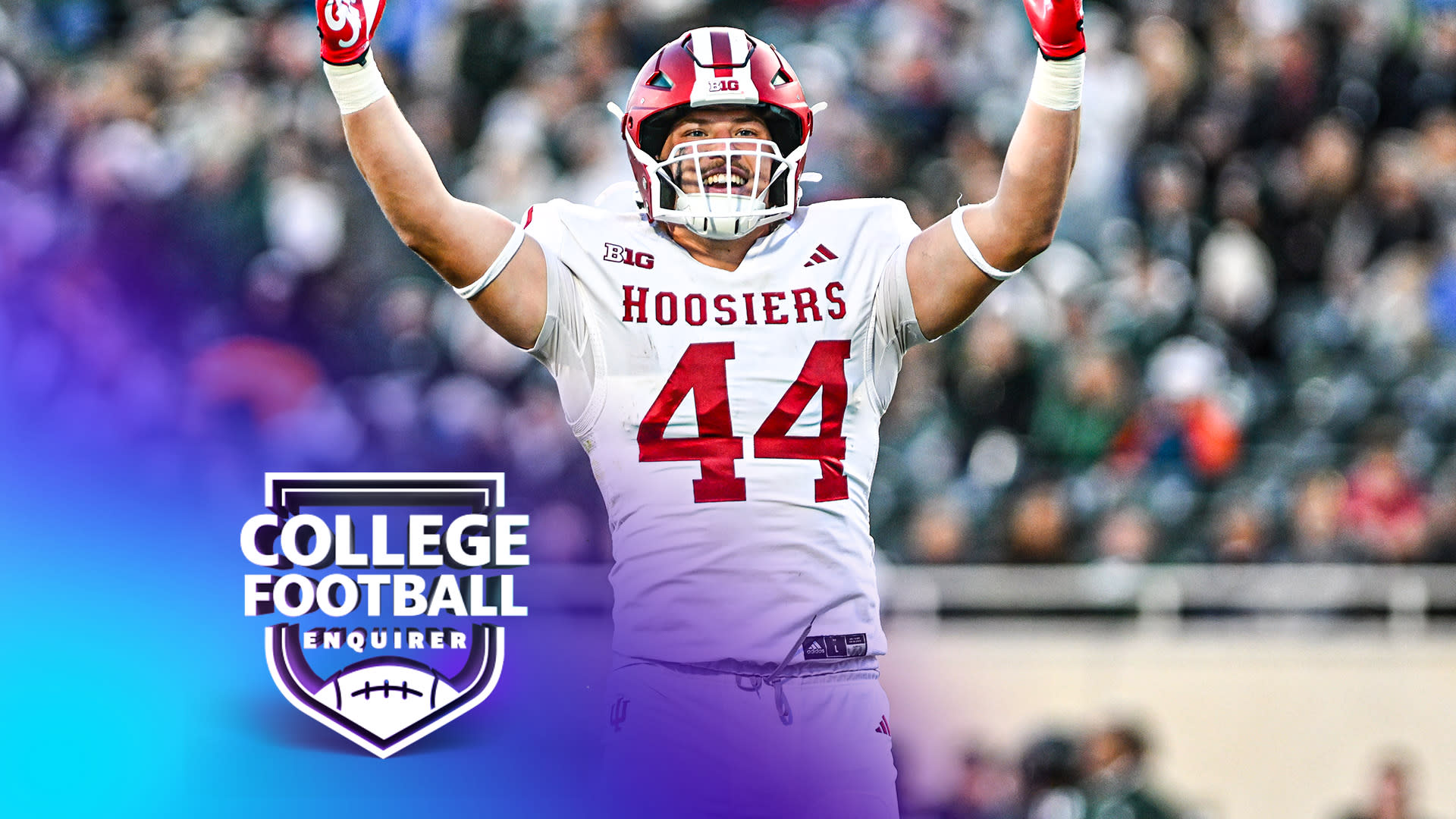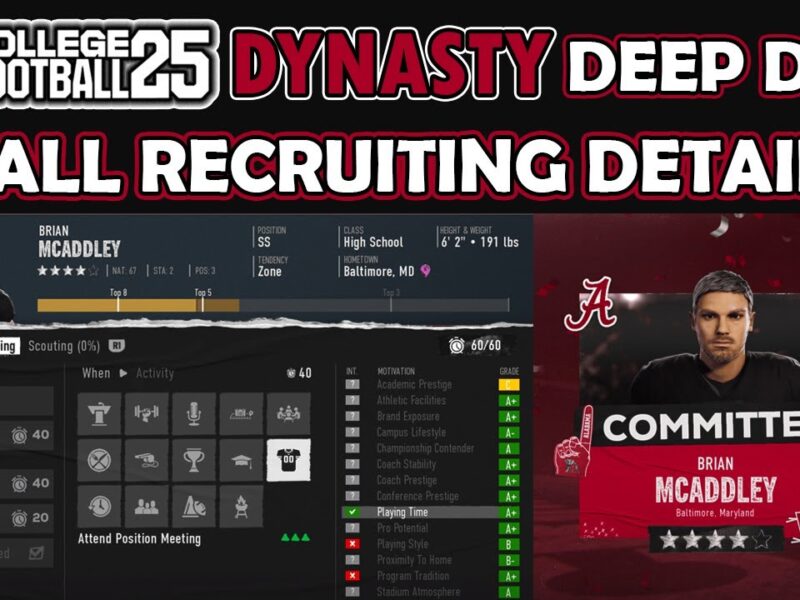The dust has settled, the maps have been redrawn, and the traditional Power Five landscape of college football is officially a thing of the past. With mega-conferences formed and historic rivalries crossing new league boundaries, the debate rages: Who reigns supreme?

Ranking these newly configured conferences is complex, balancing top-end strength, overall depth, recent success, and future potential. Here’s our breakdown of the power hierarchy in today’s college football world:
1. Southeastern Conference (SEC)
- Key Teams: Georgia, Alabama, Texas, Oklahoma, LSU, Ole Miss, Tennessee, Missouri, Texas A&M
- The Case: Was there ever any doubt? The SEC was already widely considered the king, and then it added bluebloods Texas and Oklahoma. The conference boasts multiple recent national champions (Georgia, Alabama, LSU) and perennial contenders. Its depth is unmatched – even the middle-tier teams are consistently talented and dangerous. The recruiting footprint is dominant, the fan passion is arguably the most intense, and the week-in, week-out gauntlet is brutal. Adding two more powerhouse programs only solidifies its grip on the top spot.
- Verdict: The undisputed heavyweight champion. The path to the national title, more often than not, still runs through the SEC.
2. Big Ten Conference (B1G)
- Key Teams: Ohio State, Michigan, Oregon, Penn State, USC, Washington, Wisconsin, Iowa
- The Case: The Big Ten made massive moves, adding West Coast powers Oregon, Washington, USC, and UCLA. This instantly boosts the conference’s national relevance, top-end firepower, and recruiting reach. Ohio State and Penn State are consistent contenders, and Michigan is the reigning national champion. Adding Oregon (a perennial threat) and potentially resurgent USC and Washington gives the B1G multiple teams with legitimate playoff aspirations year after year. While the depth might still trail the SEC slightly, the top of the Big Ten is now incredibly formidable.
- Verdict: The clear #2 and the conference that gained the most ground in realignment. It’s now a true coast-to-coast league with immense potential and multiple national title threats.
3. Atlantic Coast Conference (ACC)
- Key Teams: Florida State, Clemson, Louisville, NC State, Miami, Virginia Tech, SMU, Cal, Stanford
- The Case: The ACC sits in a tier below the top two but remains a strong conference. Florida State’s resurgence brings back a needed blueblood presence alongside Clemson, which dominated the league for years. Programs like Louisville and NC State have shown they can compete at a high level. Adding SMU brings a potentially potent offense, while Cal and Stanford add academic prestige but uncertain immediate football impact. The ACC lacks the overall depth of the SEC and B1G, but its top teams can compete with anyone. Internal stability questions linger, however.
- Verdict: A solid #3, but there’s a noticeable gap between it and the top two. Needs more teams beyond FSU and Clemson to consistently challenge for national titles to close that gap.
4. Big 12 Conference
- Key Teams: Utah, Kansas State, Oklahoma State, Arizona, Kansas, Iowa State, Texas Tech, Colorado
- The Case: The Big 12 experienced the most dramatic transformation, losing its flagships (Texas, Oklahoma) but adding several solid programs primarily from the Pac-12 (Utah, Arizona, Arizona State, Colorado) and BYU previously. Utah arrives as arguably the immediate conference favorite, known for its consistency and toughness. Programs like Kansas State, Oklahoma State, and Kansas have shown recent flashes of high-level play. The addition of Colorado brings massive media attention via Deion Sanders. The conference appears to be the most wide-open and perhaps the most balanced from top-to-bottom (in terms of parity), but it currently lacks the proven, elite national championship contenders found in the SEC and Big Ten.
- Verdict: The conference of chaos and parity? It should be entertaining and competitive weekly, but landing multiple teams in the 12-team playoff consistently might be a challenge compared to the leagues above it. It sits at #4.
Where do Notre Dame and the Group of Five Fit?
- Notre Dame: Remains a crucial independent entity with its own path to the playoff via at-large bids. Their strength relative to the conferences fluctuates year-to-year but they consistently play a schedule featuring multiple Power Four opponents.
- Group of Five: The new playoff format guarantees a spot for the highest-ranked G5 conference champion, adding intrigue and a direct path that didn’t exist before. Conferences like the Sun Belt, American, and Mountain West will battle fiercely for that coveted bid.
Conclusion:
The new era of college football features a clear hierarchy: the SEC and Big Ten have formed a formidable top tier, driven by depth, resources, and multiple title contenders. The ACC sits solidly in third, with the Big 12 embracing a new identity defined by competitive balance but lacking proven top-end power for now. The game has changed, the stakes are higher, and the battle for conference supremacy will continue to unfold in this dynamic new landscape.
How would YOU rank the major college football conferences right now? Share your list and reasoning in the comments below!


